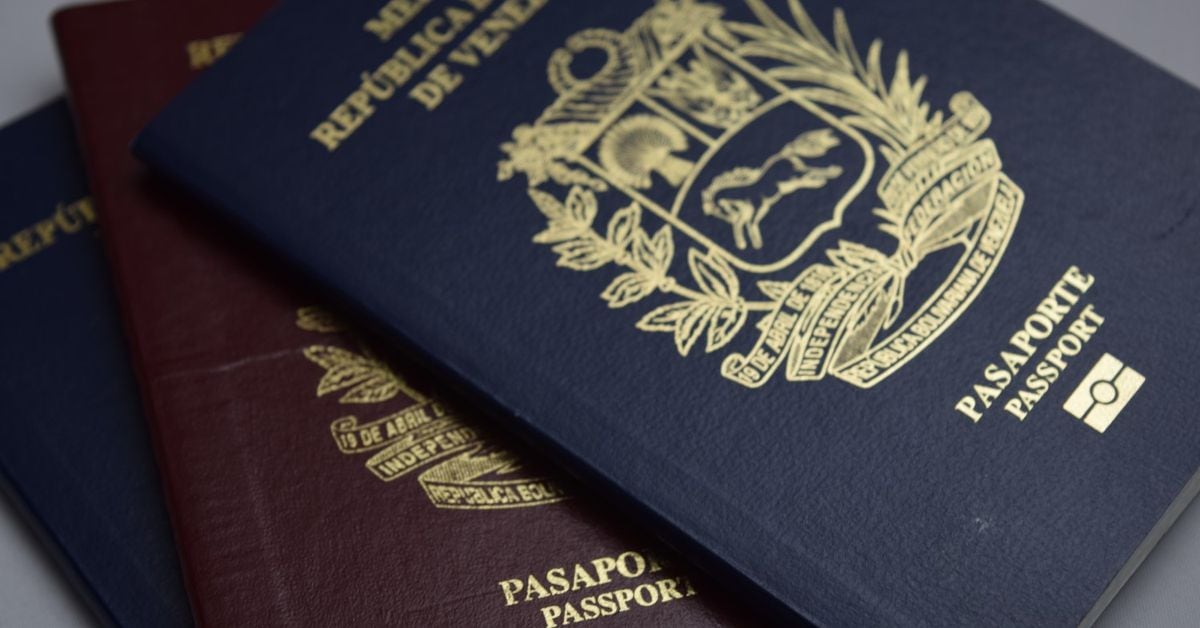EEA Publishes DLT Interoperability Case Study

Monday, July 8, 2024
A new case study demonstrates the successful implementation of cross-chain Delivery-versus-Pay (DvP) payments using the EEA DLT Interoperability Specification.
The Enterprise Ethereum Alliance (EEA) today announced a new case study demonstrating a successful implementation of the Distributed Ledger Technology (DLT) Interoperability Specification. The DLT Interoperability Case Study highlights a Delivery-to-Pay (DvP) settlement process involving multiple DLT networks.
Key findings of the case study include:
- Successful interoperability between the private permissioned Corda network for securities management and the private permissioned Ethereum network for payments
- By implementing atomic settlements, as defined by the Bank for International Settlements, we ensure that the transfer of one asset occurs only if it also results in the transfer of another asset.
- Implement secure cross-chain communication leveraging the EEA DLT interoperability specification.
- Collaboration between EEA members and industry leaders HQLAx, Fnality International, Adhara, QualitaX, and Wanchain.
This case study represents a significant milestone in the journey towards standards-based DLT interoperability. It demonstrates how compliance with the EEA DLT interoperability specification can overcome the challenges of communicating between different DLT platforms, thereby creating a more integrated global financial system. It provides insight into the benefits of DLT in securities trading, including real-time settlement, increased efficiency, and reduced counterparty risk.
The full case study can be downloaded from the EEA website. For more information on the EEA DLT interoperability specification and how to support your organization’s DLT interoperability infrastructure, visit entethalliance.org.
EEA Publishes DLT Interoperability Case Study This post first appeared on Enterprise Ethereum Alliance



